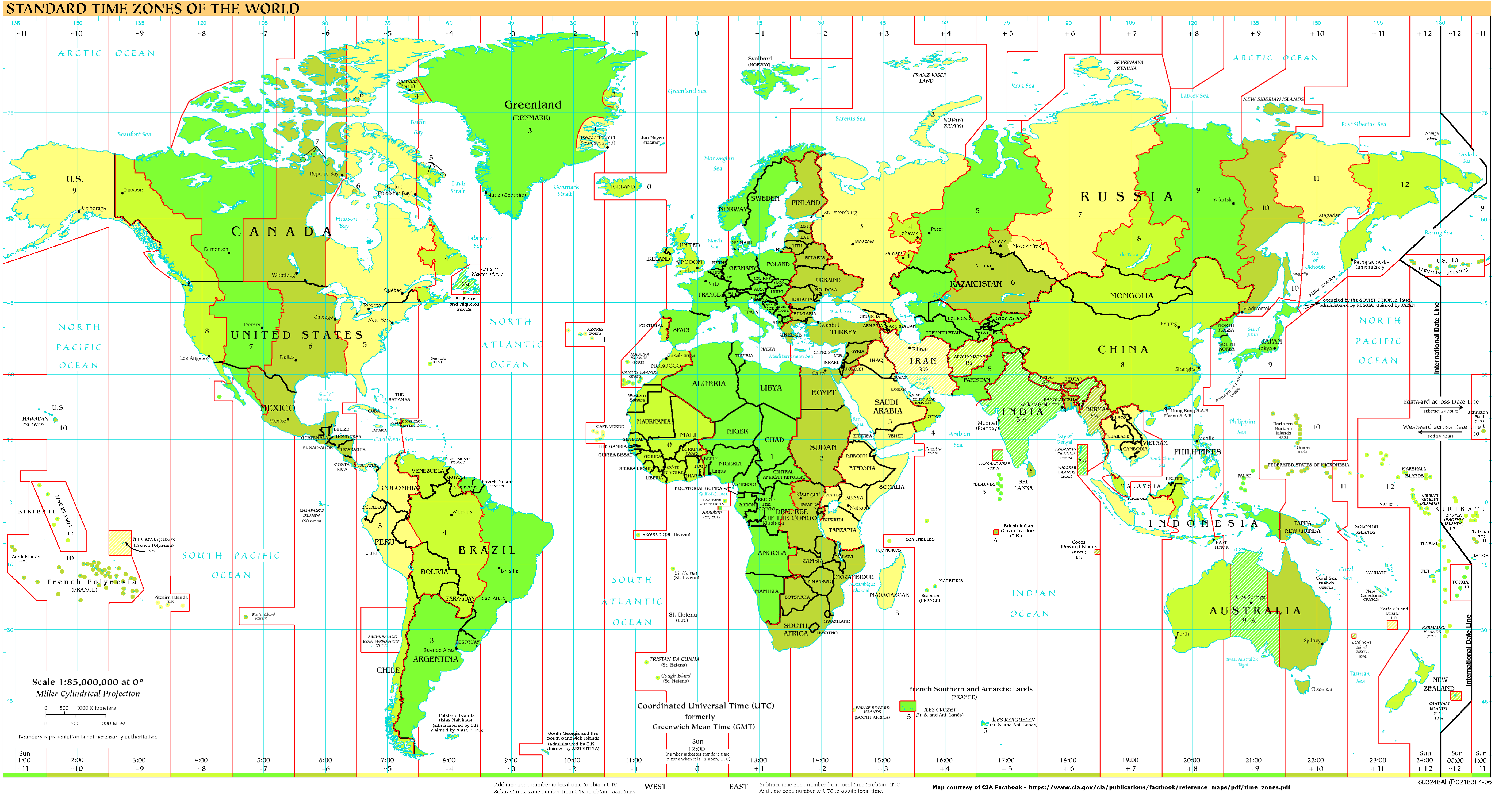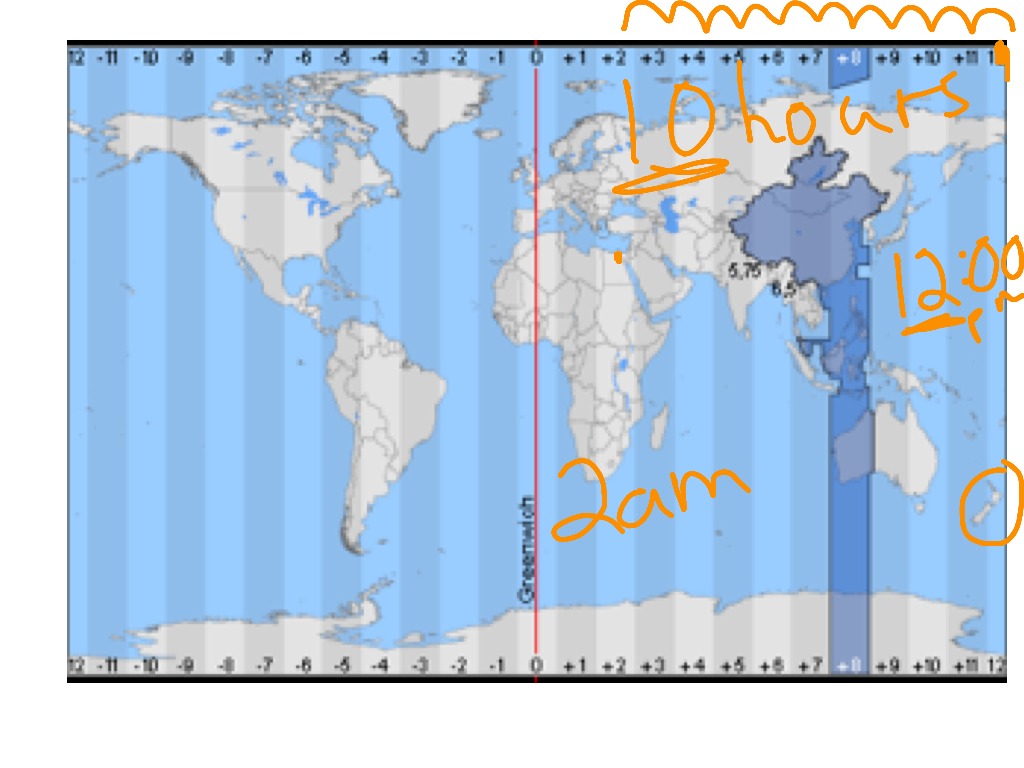

I ran into a similar problem with unit tests (specifically in jest when the unit tests run locally to create the snapshots and then the CI server runs in (potentially) a different timezone causing the snapshot comparison to fail). It takes into account daylight saving time (DST) changes. Var offsetValue1 = (offset2 < 0 ? "+" : "-") + ("00" + Math.floor(o1 / 60)).slice(-2) + ("00" + (o1 % 60)).slice(-2) Ĭonsole.log(dt.toISOString().slice(0,-1)+offsetValue1) The Time Zone Map gives an overview of current local times around the world. Let offset1 = utcDate.getTime() - tzDate.getTime() Most implementations will support IANA time zone identifiers, such as 'America/New_York'. This is accomplished via the timeZone option to toLocaleString and its variations. In environments that have implemented the ECMASCript Internationalization API (aka "Intl"), a Date object can produce a locale-specific string adjusted to a given time zone identifier. The original local time and offset are not retained in the resulting Date object. It uses this to adjust the value being parsed, and stores the UTC equivalent. It can parse a string containing a numeric UTC offset from any time zone.

The only operations the Date object can do with non-local time zones are: The details vary per function, and some are implementation-specific.
Whatbis my time zone how to#
If the function produces a string, then the computer's locale information may be taken into consideration to determine how to produce that string. When various functions of the Date object are used, the computer's local time zone is applied to the internal representation. There is no time zone or string format stored in the Date object itself. The internal representation of a Date object is a single number, representing the number of milliseconds that have elapsed since 00:00:00 UTC, without regard to leap seconds. It has very few facilities for working with time in other time zones. Indiana introduced DST in 2006.JavaScript's Date object tracks time in UTC internally, but typically accepts input and produces output in the local time of the computer it's running on. Most of Arizona and Hawaii don't use DST. In addition the uninhabited atolls of Baker Island (AoE) and Wake Island (WAKT) add to the time zone count, making 11 the total number of time zones in the US.Īlmost all states in the US use Daylight Saving Time (DST). There are 9 official time zones according to the law. The time zones in the law are defined by their offset from Coordinated Universal Time (UTC).

Code, Title 15, Chapter 6, Subchapter IX - Standard Time. Time zones in the USA are defined in the U.S. Since 1967, the US Department of Transportation (DOT) has been responsible for governing time zones in the country. The US was divided into 4 standard time zones on November 18, 1883, and jurisdiction for the zones was given to the Interstate Commerce Commission (ICC). Time Zones Being Used in Dependencies of United States Offset They will become active again after the next clock change as Daylight Saving Time begins or ends. The above time zones are used during other parts of the year. Time Zones Not Currently Being Observed in United States Offset Note: Local time in these time zones changes when Daylight Saving Time begins and ends. In practice, this means that the local time in these time zones changes when DST begins and ends. For example, Eastern Time (ET) refers to Eastern Standard Time (EST) or Eastern Daylight Time (EDT), depending on which is currently in use. The time zones in the contiguous US are often referred to by their generic name, without making a difference between standard time and Daylight Saving Time designations. Generalized Time Zones in United States Time Zone Abbreviation & Name Since Howland Island and Baker Island constitute the world's westernmost landmasses in relation to the International Date Line, making them the last places on Earth where any date exists, they are sometimes assigned a theoretical 12th time zone called Anywhere on Earth (AoE). As neither Hawaii nor the 5 dependencies use Daylight Saving Time (DST), there are only 6 corresponding DST time zones. In addition, Alaska, Hawaii, and 5 US dependencies all have their own time zones. The contiguous US has 4 standard time zones. However, adding the time zones of 2 uninhabited US territories, Howland Island and Baker Island, brings the total count to 11 time zones. There are 9 time zones by law in the USA and its dependencies. Time Zones Currently Being Used in United States Offset Business Date to Date (exclude holidays).


 0 kommentar(er)
0 kommentar(er)
